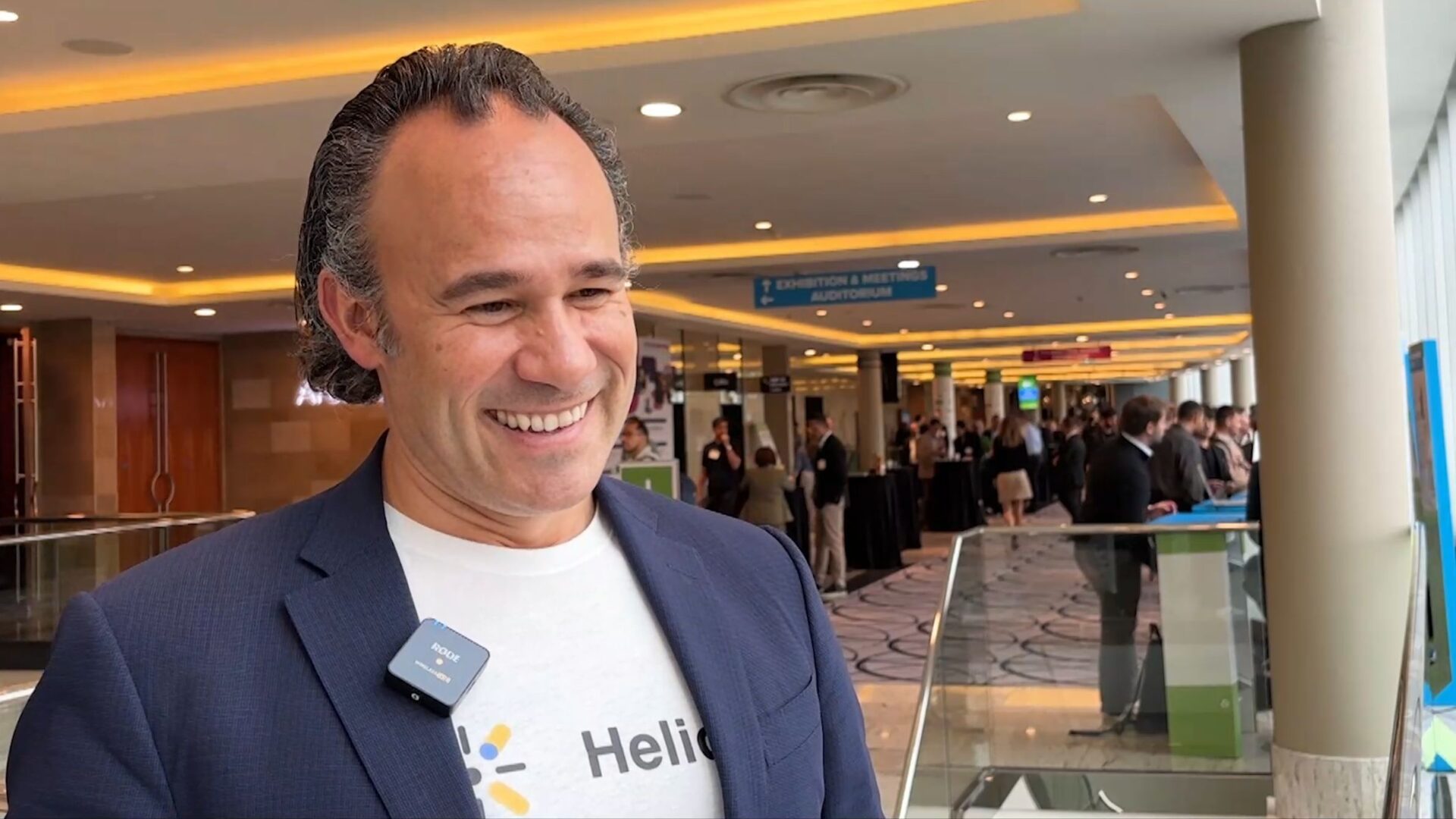Key Takeaways
- Helios, an AI-driven platform, raises $4.7 million to offer real-time insights on climate and economic risks in the food supply chain.
- The platform uniquely combines climate risk analysis with price forecasting, covering 75 agricultural commodities in 90 countries.
- Helios’ new virtual analyst, Helios Horizon, provides actionable insights in minutes, significantly enhancing decision-making for procurement teams.
Helios Revolutionizes Agricultural Procurement
Francisco Martin-Rayo, cofounder of Helios, describes the current challenges faced by procurement teams in the food supply chain as unprecedented. Disruptions that once occurred sporadically are now prevalent, affecting various regions and crops multiple times a year. To meet these challenges, Helios has developed an AI-powered platform that analyzes billions of data points to provide real-time assessments of climate and economic risks impacting agricultural commodities globally.
The startup recently secured a $4.7 million seed funding round aimed at platform expansion. Martin-Rayo, previously a principal at Boston Consulting Group, and Eden Canlilar, an ex-Google AI engineer, co-founded Helios in late 2022. Their platform assists procurement teams by predicting prices and climate risks associated with 75 agricultural commodities, supported by over 500 billion climate risk data points updated daily. They have integrated USDA reports, along with data from global news sources and market analysis.
Unlike other AI platforms focused solely on climate risks or price forecasting, Helios stands out by addressing both aspects in a single solution. This unique offering allows procurement professionals to access comprehensive insights without needing to consult multiple vendors.
Helios covers a wide array of commodities, including staple crops such as corn and wheat, as well as specialty crops like tomatoes and mangoes. These specialty crops are crucial to the food supply but are often under-reported and lack sufficient data resources.
Regarding customer needs, Helios delivers information through various formats—reports, API access, and a dashboard—updated every 24 hours to maintain relevancy. Whether for smaller companies that can make quick decisions or larger corporations requiring more extensive planning, the platform tailors its insights accordingly, even forecasting data up to 12 months in advance.
Prior to Helios, gaining this vital information involved lengthy processes of consulting analysts or piecing together qualitative reports, which often lacked timeliness and cohesion. Martin-Rayo emphasized how Helios acts as a single source of truth, streamlining the procurement process significantly.
The recent introduction of Helios Horizon, a multi-agent virtual analyst, has further enhanced the platform’s capabilities. This technology allows users to ask specific questions like the future price of commodities or climate risks in specific regions, yielding answers in mere minutes—tasks that traditionally took weeks.
Validation of Helios’ models indicates a forecasting accuracy five to twenty times higher than industry standards. For instance, the platform successfully alerted Libby’s, one of the major buyers in the fruit and vegetable market, about a notable price surge in mandarins months before it occurred, allowing them to make proactive purchasing decisions.
Martin-Rayo noted that initial customer feedback led to a pivot in Helios’ focus. Initially built to assess supplier-specific risks, the platform evolved to encompass a broader understanding of market dynamics.
Funding has been solid, with $3 million raised in a pre-seed round and the recent $4.7 million investment led by Collide Capital and S&P Global Ventures. Martin-Rayo views this as validation of Helios’ vision for the future of procurement, where virtual analysts provide tailored insights at an unprecedented scale.
Among their notable partnerships, Helios has collaborated with major companies like Walmart, establishing itself as a key player in the procurement landscape.
The content above is a summary. For more details, see the source article.















